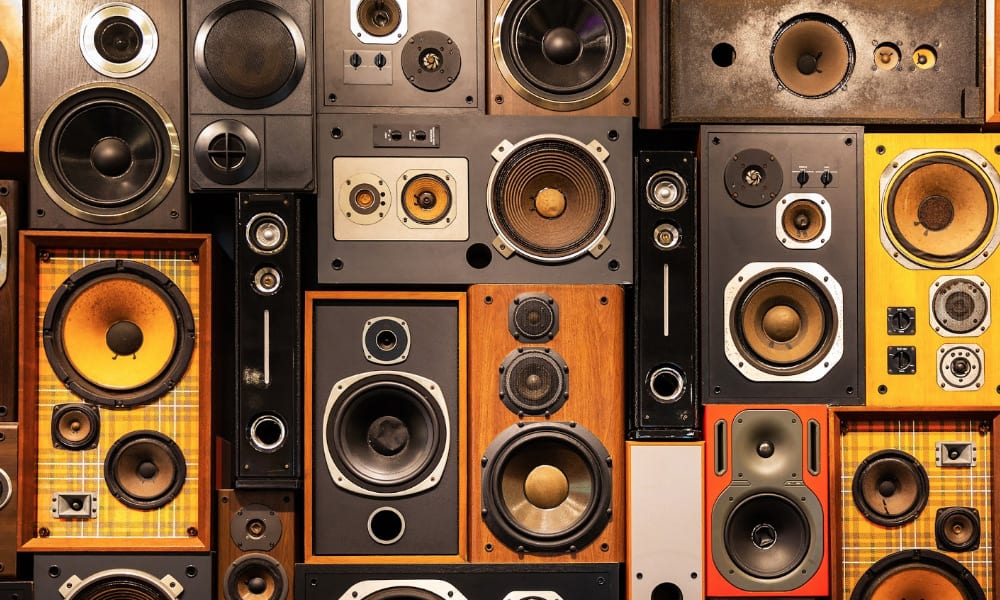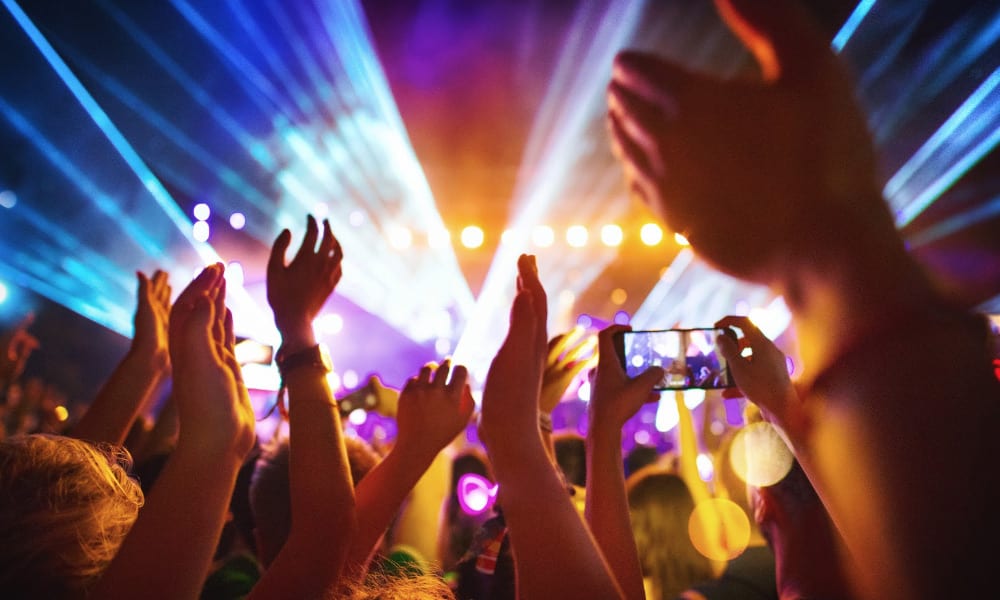Audiovisuals is one of those things that isn’t fully appreciated until it’s gone. That isn’t to say that it’s overlooked, but that it’s tough to grasp just how important it is. If you have no audio or visual, then you don’t really have an event.
The event landscape is constantly changing and the audiovisual technology even more so, as it slowly becomes more vital for events by the day, with inventions in event polling, new event apps that increase engagement and provide attendees with front-row sound no matter where they are in the crowd, and you can’t forget about virtual and augmented reality.
Today attendees are seeking experiences that go beyond the traditional, no matter the type of event, and advancements in audiovisuals are a huge part of that step towards the experiential.
Audio Advancements
Audio may be the most crucial factor in any event, no matter the size. The event can run all day, but if no one can hear anything, did any attendees actually get anything out of it? That events run into audio issues is nothing new, and if that isn’t the case, there are likely a few attendees who are having trouble hearing because they are either too far away or those around them are making it difficult to hear. Companies, such as Mixhalo, are looking to remedy this problem.
Mixhalo is a San Francisco-based event audio start-up and is one of the latest inventions in audiovisual technology. The idea behind Mixhalo is to bring to attendees the same sound quality that stage presenters hear. And all it requires is a cell phone and a pair of earphones. This eliminates many of the issues that concert-goers may encounter: being too far away from the stage, the music being too loud or some other type of audio interference.

Mixhalo lets attendees adjust the volume of the music with their phone, and even more, such as switching channels if there is more than one person performing at a festival or more than one keynote at a conference.
Visual Enhancements
One universal determinant of an event that is going well is the level of engagement from attendees. Having attendees face the presenter while he simply relays facts will not guarantee attendees will be engaged; in fact, it will probably guarantee having some people doze off.
One sure-fire way to get attendees involved is when you require their involvement, one way to do this is with live event polling. Event polling technology lets you ask questions and receive feedback in real-time, which you can display on screen for all to see. And who doesn’t love a little competition? Live event polling can also be used to create competition; nothing fosters engagement like a friendly battle.
Or let attendees send in live questions to presenters in real-time. On-screen games, such as quizzes, will not only get attendees engaged in the presentation but will also spark conversation amongst them.
Projection mapping allows event organizers to completely transform a space in a convenient, cost-efficient way. Without having to physically alter a venue, organizers can make inventive spaces without all the labor. The use of projection mapping at the Sydney Opera House, seen at the city’s annual Sydney Vivid event, is an incredible example of how a blank canvas can be transformed into something otherworldly.
LED Lighting
When it comes to event lighting, LED lighting provides the ultimate bang for your buck. Not only are LED lights cheaper and more convenient than traditional incandescent lights, but they’re also much more versatile.

LED lights use less power than older, incandescent lights, this means you can use more lights if need be and the cost won’t take a significant chunk out of the budget. The low-power nature of LED lights and advancements in battery technology makes them highly portable; you aren’t physically limited by clunky wiring and the threat of dying lights.
The versatility of LED lights saves both time and manpower, as you can change the light’s focus and color on the camera and not have to climb a ladder and physically change a gel like you would with traditional lighting.
Audiovisual makes up a large part of events, they make up most of what creates excitement and sparks engagement. Only the surface has been touched, the audiovisual world is huge and there’s always something new to discover


